
OR
#NAGARIK_NAYAK_2081
Dr Ram Kantha Makaju Shrestha: A visionary leader transforming healthcare in Nepal
Published On: April 23, 2024 07:15 PM NPT By: Republica | @RepublicaNepal

KATHMANDU, April 23: When we sought out individuals who had returned to Nepal to contribute to the nation’s development despite having opportunities abroad, we discovered a doctor who had come back to establish and operate a hospital in Dhulikhel. We arranged a meeting with him and were deeply impressed. Convinced that his work was the ideal prescription for Nepal's healthcare sector, I wrote an article titled 'Doctor Ram-Baan.'
This exceptional individual is none other than Professor Dr Ram Kantha Makaju Shrestha, the founder and executive director of Dhulikhel Hospital. The article titled 'Dr. Ram-Baan' was published on February 19, 2002. A lot of water has flowed in the Bagmati River in the past 23 years. At that time, Dr Ram had called to clean up the Bagmati River. His motivation stemmed from the hospital's practice of purifying wastewater before releasing it into the river.
At present, the country is plagued by widespread disappointment. Many are leaving the country due to the lack of progress here. But Dr Ram remains steadfast on his mission, which only grows stronger by the day.
Over these years, I kept meeting him from time to time. His office on the first floor of Dhulikhel Hospital has remained unchanged. From that spot, he continues to articulate his singular dream. He once said, “I cannot sleep knowing there's something I haven't done; how can others with more resources afford to rest?”
The impact of his motivational talks extends not only to individuals but also to the trees surrounding his office, which have visibly flourished under his influence.
On Friday morning, April 19, we revisited Dr Ram at Dhulikhel Hospital. He had not yet arrived at his office. Following his daily routine without fail for the past 27 years, he had gone to attend the 8 AM meeting at the hospital. This spoke volumes about his dedication.
Right then, Basanta Fatteju, 63, arrived with bouquets of flowers to place them around Dr Ram's office. His day starts early and ends late, mirroring Dr Ram's dedication. Like Dr Ram, who is devoted to his work, the gardeners and other workers there have developed the habit of decorating their place of service, the hospital. That's why phenol doesn't hit your nose like when you go to other hospitals. Therefore, it can be called a 'resort hospital' in a resort town.
A true leader unites a community under a singular purpose and guides them with strong ideas. Dr Ram's dreams, envisioned amidst the echoing howls of foxes in Dhulikhel's hills, are materializing. Back in 2052 BS, during the arduous establishment phase of Dhulikhel Hospital, no one foresaw its current scale of expansion. I saw that 'Ram-Baan' which I wrote 23 years ago is now being translated into a 'Ram Mandir'.
Dr Ram's return to Nepal, forsaking a life of financial comfort in Vienna, Austria, was accompanied by his wife Andrea and daughter. Andrea's unwavering support for Dr Ram's mission was a significant achievement. Just as Sita joined Ram in exile in the Ramayana, Andrea has come to Nepal alongside Ram!
Despite misconceptions about community hospitals being limited in scope, Dhulikhel Hospital has defied expectations. Seeing a doctor who could afford to wear a different expensive suit every day in Vienna ride a relatively large vehicle here in Dhulikhel, some government employees questioned whether a community hospital needed such a vehicle. However, Dhulikhel Hospital's success proves otherwise. Not only has it become one of the nation's premier healthcare institutions, but the 18 'outreach' hospitals it has established across the country stand as testaments to its impact. In that sense, Dhulikhel Hospital, in fact, is a network of 19 hospitals.
When Ram was 10 years old, his beloved mother passed away, leaving him with unanswered questions. However, this loss inspired him to launch a campaign rooted in the profound belief that no one should perish due to lack of medical care. Driven by this mission, Ram embarked on a journey that began in his childhood.
His initial foray into healthcare aimed at serving the underprivileged has since evolved into a healthcare system accessible to all. Dr Ram says, "Are not the lungs of the rich and the poor the same? We have succeeded in delivering excellent healthcare even to those with limited means."
This commitment is reflected in Dhulikhel Hospital's uniform service for all, regardless of status. From hospital executives to patients, everyone receives the same meals at nominal prices reflecting current Nepali standards. Patients are provided breakfast, lunch, afternoon snacks, and dinner for Rs 60, ensuring no one leaves untreated due to financial constraints.
While the hospital doesn't advertise free treatment, patients in dire financial situations receive care without being turned away. This ethos has garnered support, both domestically and internationally. Local individuals and organizations contribute, while international efforts gather resources annually. The 'Friends of Dhulikhel Hospital' network spans various countries.
Similarly, prominent hospitals in the country refer patients to Dhulikhel Hospital for its services. Emulating its success, hundreds of hospitals have since opened nationwide, with over 700 community hospitals inspired by the Dhulikhel model.
The hospital's impact transcends borders, drawing visitors from abroad who seek to witness, serve, and support its work. Dhulikhel Hospital stands as a testament to the power of starting a noble endeavor—drawing widespread support and becoming a beacon of exemplary healthcare provision.
Initially, a 28-bed hospital, Dhulikhel Hospital will expand to over 700 beds after the completion of the upcoming trauma center. What started as a solitary campaign has now blossomed into a vibrant community with over 1,500 medical professionals and colleagues. Despite over 2,500 daily patient visits, there is no sense of overwhelm; instead, all staff members have embraced the ethos of patient-centric care.
"This isn't just a job," remarked Dr Ram. "If it were merely a job, I would have retired long ago. In such a calling, there's no concept of being 'tired' or 'retired.'"
Local physician Dr Rajendra Koju initially supported Dr Ram. Together, they began serving patients at the hospital, and today, hundreds of doctors and nurses, inspired by their vision, have joined the team. They not only provide service but also aspire to innovate in the healthcare field.
Dr Koju fondly recalls Dr Ram's invitation to join the hospital: "He's been a friend of my elder brother since childhood. He called me one day and asked, 'Babu (brother), will you work with me?' Knowing Dr Ram's commitment, 'Yes' was my automatic response."
Many who once aimed for government jobs or overseas opportunities have shifted their focus to Dr Ram's mission. The hospital has revitalized a once-neglected mid-hill village, ensuring quality healthcare reaches its residents.
Many hospitals primarily focus on treating diseases, often without delving into where their patients come from or the root causes of illnesses. Questions about the origins of diseases are often overlooked. However, for a community hospital to deliver optimal results, it must have a deep understanding of its community. It’s crucial to support them by raising resources. Consequently, such hospitals not only provide treatment but also actively contribute to community development.
"Our approach extends beyond treating illnesses," notes Dr Aabha Shrestha, head of the hospital’s Public Relations Department. "Home, food, work, and society all influence health. That's why we believe treating illness alone isn't sufficient." This hospital not only treats patients but also aims to unify the community. Merely discussing healthcare is insufficient; a health organization's role includes investigating the causes and diagnosis of diseases. Therefore, they emphasize the importance of treating both diseases and individuals.
The hospital has initiated a program to boost agricultural production within the community. It has engaged separate experts and organizations to oversee agricultural activities. Additionally, it promotes the sale of daily care products produced by the community, such as soap, face wash, lotion, etc, with quality checks conducted by the hospital before their market distribution. The hospital also manages its resources efficiently.
Dhulikhel Hospital sets an exemplary standard in management, placing communication as its top priority. A daily meeting of department heads, except on Saturdays, convenes at 8 AM, where 80 percent of issues are typically resolved. Even medical staff working late into the night attend these meetings, highlighting a culture where work, responsibility, and satisfaction are interconnected.
For Dr Ram, visiting the hospital feels akin to visiting a temple, a sentiment shared by everyone involved. This shared ethos fosters mutual support within this service-oriented 'temple,' where everyone is aligned in purpose. Financial constraints don’t force patients to leave untreated, prioritizing their care above all else. This hospital leads the nation in implementing government health insurance and excels in health education and training, offering various government-sponsored programs.
Successful organizations require strong leadership, and Dr Ram's exemplary work serves as inspiration for all. Newly graduated doctors echo similar sentiments upon joining the hospital.
“I have found the purpose of life in this hospital," said Dr Shriya Shrestha, who returned from the renowned Harvard University in the US after completing her studies in "Leadership in Medicine". “I was born in Dhulikhel. My entire life is dedicated to serving this hospital.”
Having a dream isn't a big thing. It's most meaningful to give a greater purpose to your dreams than life itself. Today, Dr Ram has achieved the goal of turning the impossible into reality. The objective of establishing this hospital wasn't just to attract patients, but also to develop the necessary infrastructure to reach remote areas.
As the number of patients at the hospital began to rise, its registration and service times have been adjusted accordingly. There's a shared sentiment that patients must receive treatment even if doctors need to extend their hours of service. For certain services, patients don't need to come to the hospital; instead, the hospital comes to their homes. Technicians visit the bedrooms of patients who require regular blood level checks. It's remarkable for the healthcare sector to conduct blood tests while fasting and after meals, and to provide necessary medications at home. This not only reduces the hospital's patient load but also offers home-based services.
Over the past 27 years, Dhulikhel Hospital has become as revered as a 'Ram Mandir' for patients. Upon leaving Dhulikhel Hospital, one can sense a silent revolution taking place. In the year 2052 BS, an 'armed rebellion' began in the country. However, this peaceful progress that began in the same year has resonated more deeply with people than the huge loss of life and property caused by the armed revolt.
You May Like This
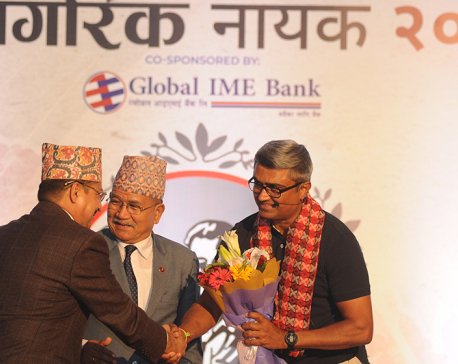
Monty Desai honored with Nagarik Nayak 2080 BS
KATHMANDU, April 24: Nepali cricket chief coach Monty Desai has been honored as Nagarik Nayak 2080. ... Read More...
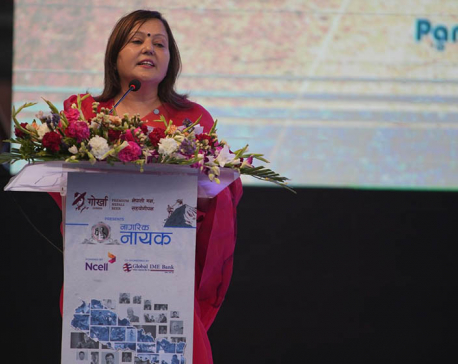
Nagarik Nayak’s are ascetics of society: Director Gyawali
KATHMANDU, April 24: Nepal Republic Media (NRM) has entered the 14th year of its establishment today. Addressing the program, NRM... Read More...
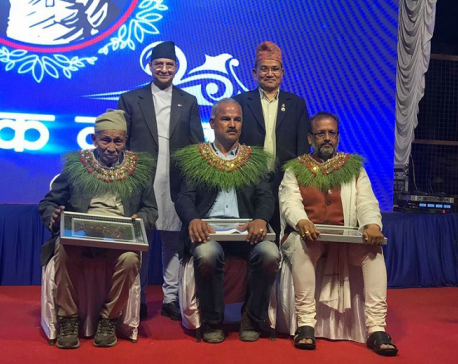
NRM felicitates Nagarik Heroes
KATHMANDU, April 24: Nepal Republic Media (NRM) has honoured veteran culture expert, Satya Mohan Joshi and social workers Purna Bahadur Gautam... Read More...
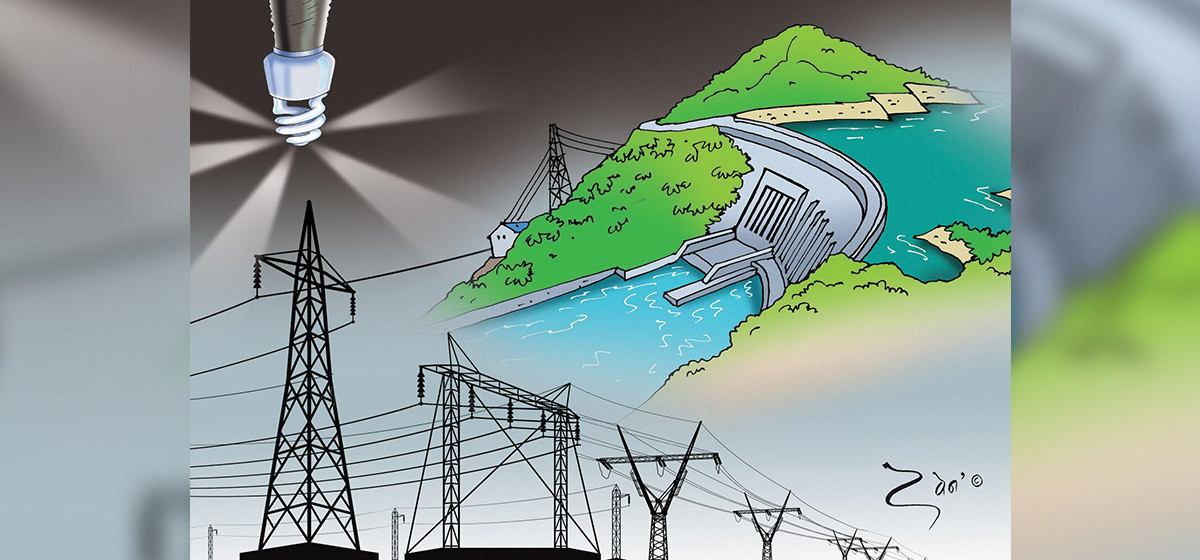
-1200x560-wm_20240503161056.jpg)
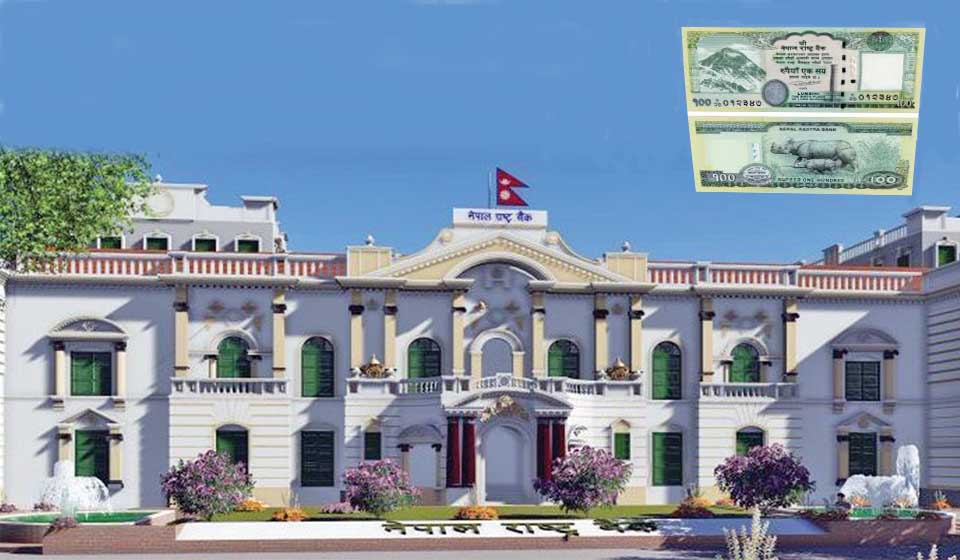
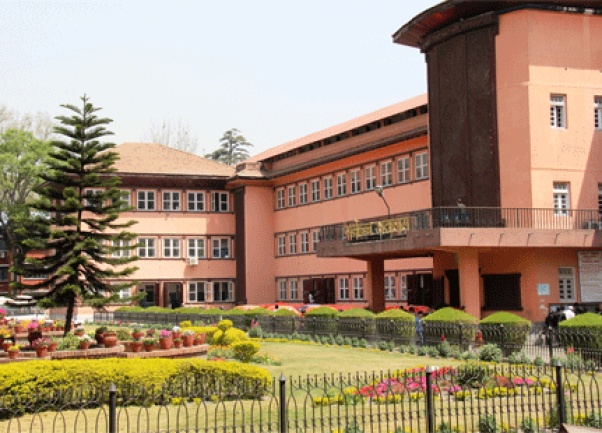
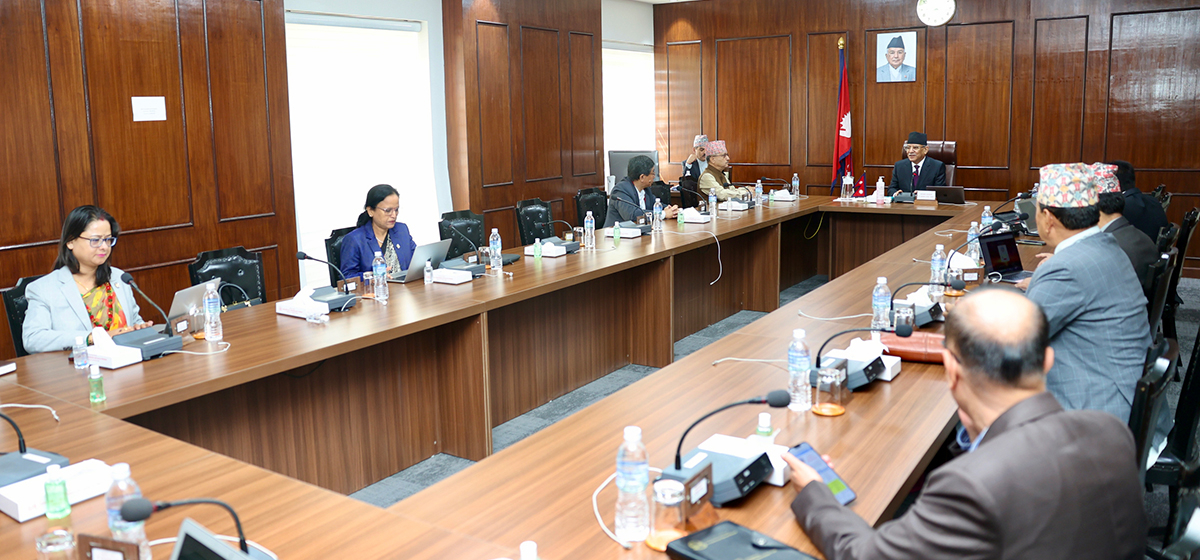
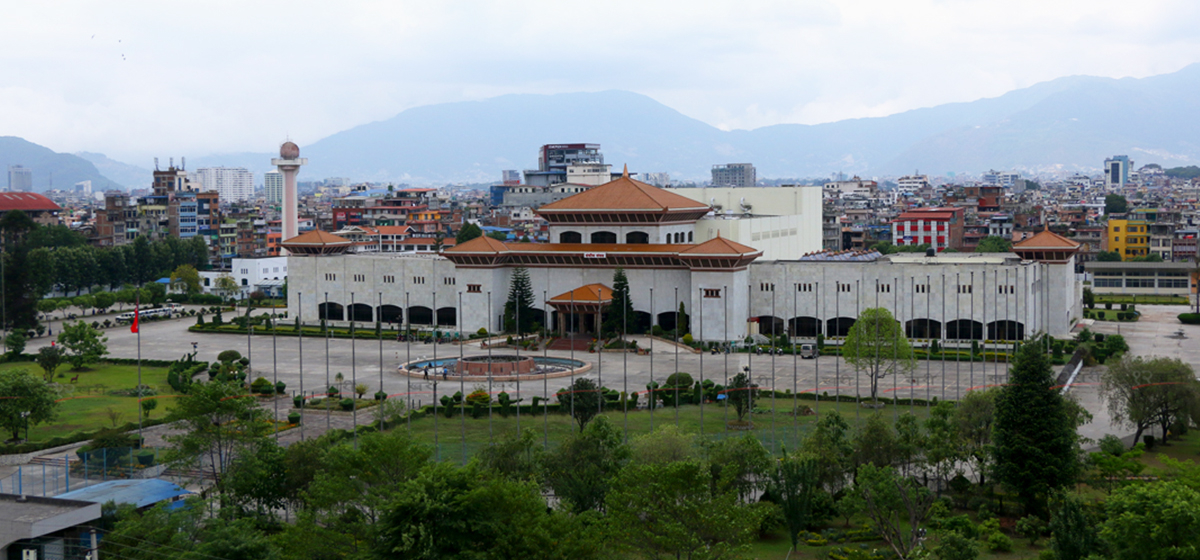


-1200x560-wm_20240503161056.jpg)
Just In
- Over two dozens bills stalled in previous parliamentary session yet to be registered for deliberation
- Japanese Foreign Minister Yoko Kamikawa to visit Nepal on Sunday
- Cabinet transfers six secretaries
- KMC’s 35-day ultimatum to RB Complex and People's Plaza to settle outstanding taxes
- Govt reduces fiscal equalization grant by Rs 317.4 million in Makwanpur
- Govt approves proposal to feature new Nepal map that includes Kalapani, Lipulekh and Limpiyadhura on 100 rupee note
- Madhesh: LSP’s provincial assembly member Abhiram Sharma suspended
- Flight operations again halted at PRIA on Friday



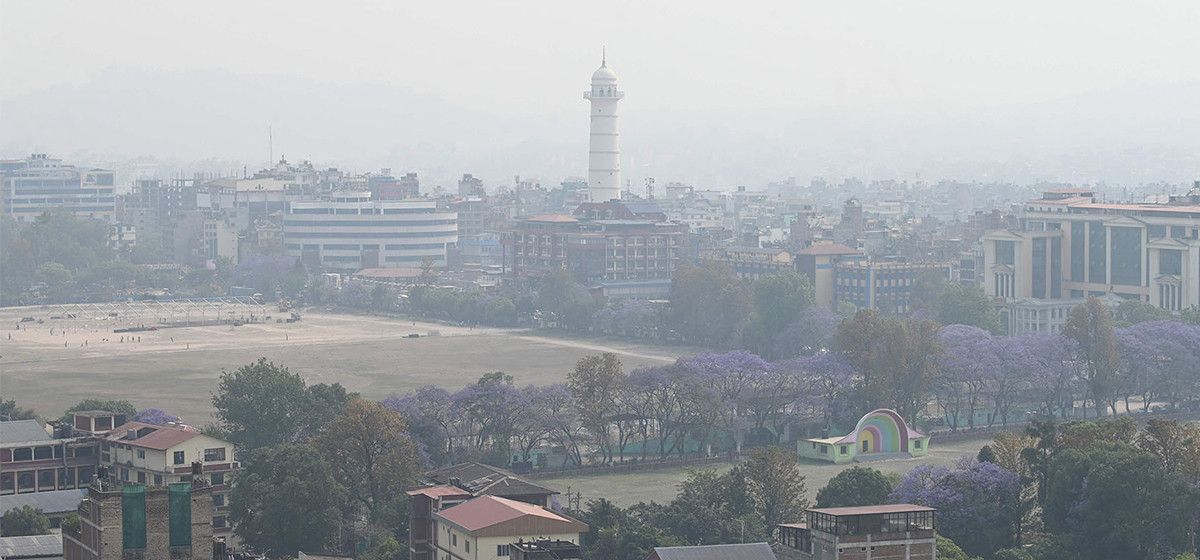
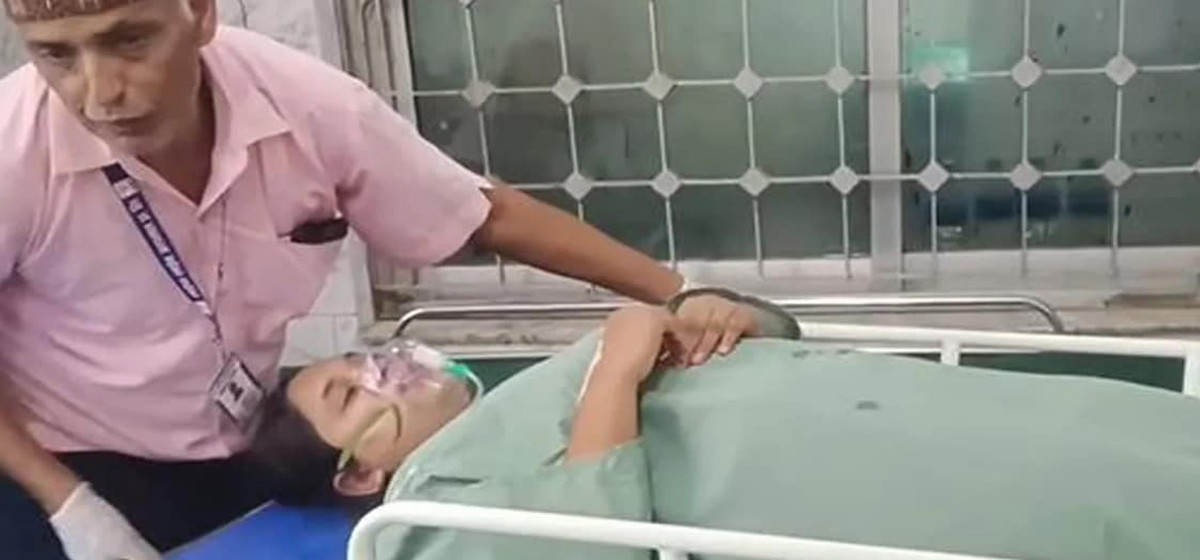

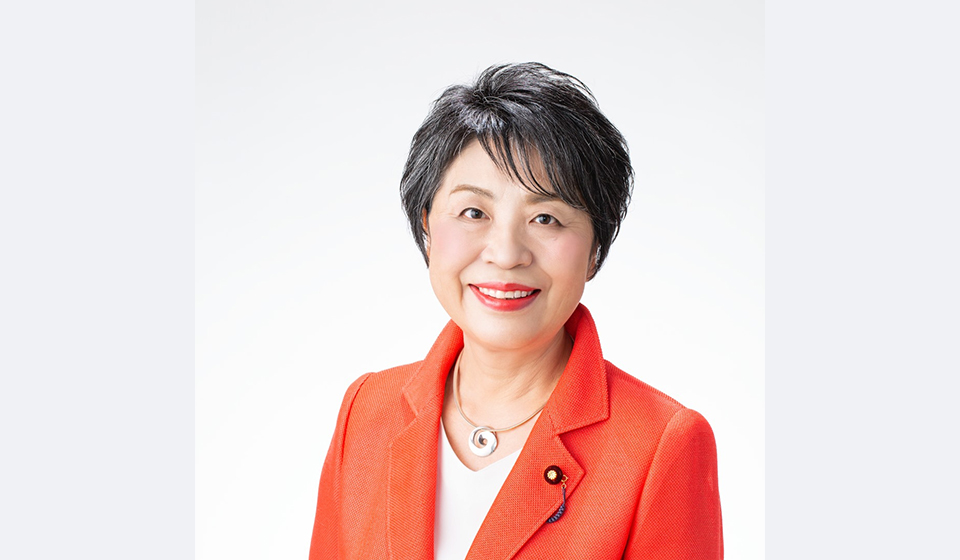


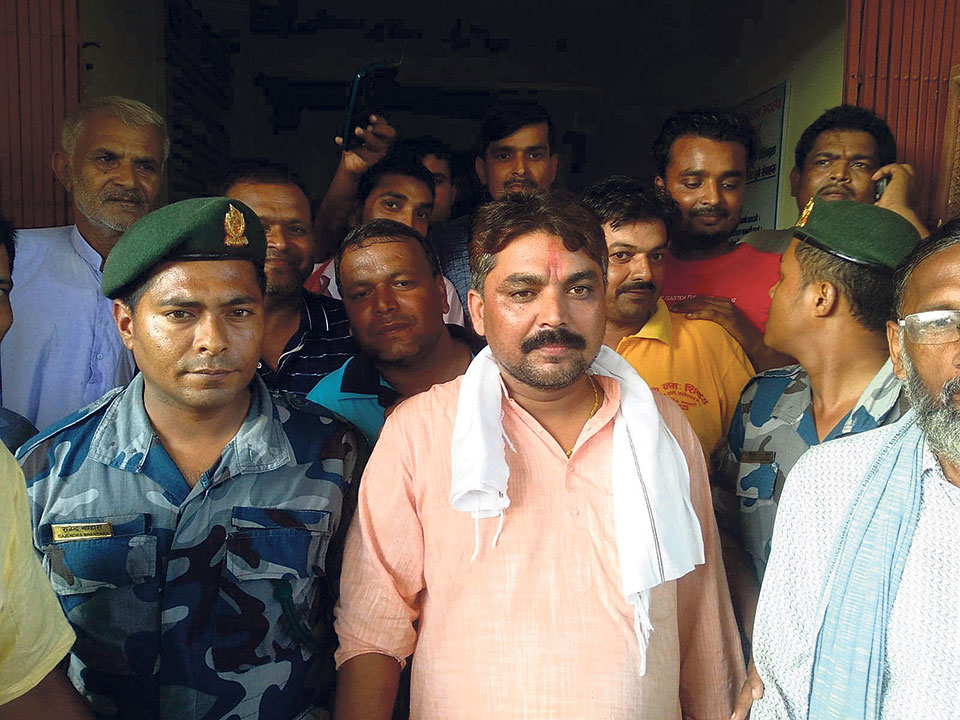
Leave A Comment